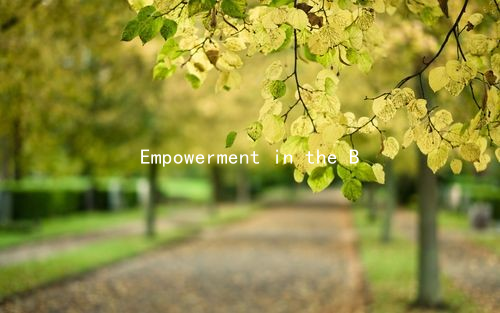Building Stronger Connections: Utilizing Emotion Analysis in Marriage Strategies
Building Stronger Connections: Utilizing Emotion Analysis in Marriage Strategies
In todays fast-paced world, relationships can often feel strained under the weight of daily responsibilities, communication barriers, and emotional turbulence. However, by employing effective marriage strategies that rely on understanding emotions, couples can cultivate deeper connections and build a resilient love. Emotion analysis, which involves recognizing and interpreting feelings, can play a pivotal role in enhancing marital interaction and fostering intimacy.
To begin with, couples should prioritize open communication as a foundational element in their relationship. Expressing ones feelings clearly can prevent misunderstandings and reduce conflict. For instance, instead of saying, “I’m upset,” a partner might say, “I felt ignored when you didn’t respond to my message.” This approach not only clarifies feelings but encourages the other partner to engage in a constructive dialogue. By framing emotions in a way that invites conversation, couples can avoid defensiveness and nurture problem-solving dynamics.
Additionally, recognizing non-verbal cues is crucial in emotion analysis. Body language often speaks louder than words. A crossed arm might signal defensiveness, while eye contact tends to indicate engagement. Couples can benefit from observing these signals and responding appropriately. For example, if one partner appears withdrawn, the other might ask if they’re feeling okay. When both parties learn to interpret and respond to these cues, emotional literacy in the relationship increases, paving the way for more empathetic interactions.
Moreover, practicing active listening is a powerful tool in emotional analysis. This involves not just hearing what the other person says but also understanding the emotion behind it. Partners can enhance this skill by mirroring the emotions they perceive: “It seems like you’re really frustrated about your work situation.” Such reflections validate feelings and demonstrate that one partner truly cares about the other’s emotional state, thus fostering intimacy.

Conflict resolution can also significantly benefit from emotion analysis. When disagreements arise, focusing on the underlying emotions rather than the issue at hand can lead to more productive outcomes. For example, when a discussion about household chores turns heated, one partner can express, “I feel overwhelmed and underappreciated.” This statement shifts the focus from blame to personal feelings, encouraging the other partner to empathize and collaborate on finding a solution that respects both perspectives.
In addition, scheduling regular check-ins about emotional health can strengthen the connection. Setting aside time to discuss feelings reduces the likelihood of resentment building over time. During these moments, each partner can share their emotional state and what they need moving forward. This practice not only aligns partners on expectations but also reinforces their commitment to each others emotional well-being.
Lastly, utilizing tools like journaling can enhance emotional insight outside of discussions. Reflecting on daily feelings and experiences helps individuals recognize patterns in their emotional reactions. Couples can occasionally share these reflections with one another to foster an understanding of each other’s emotional journeys and challenges.
In conclusion, implementing emotion analysis into marital strategies allows couples to build stronger connections. By communicating openly, recognizing non-verbal cues, practicing active listening, engaging in meaningful conflict resolution, scheduling emotional check-ins, and journaling, partners can create an environment where both feel valued and understood. Through these techniques, couples can navigate the complexities of their emotions and enjoy a more fulfilling, resilient relationship.





